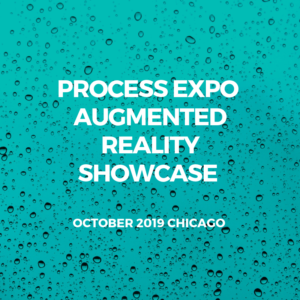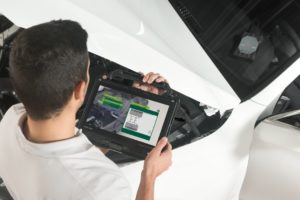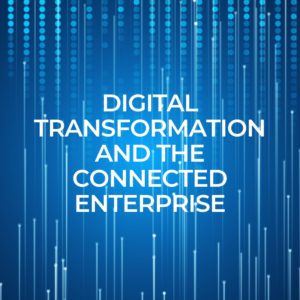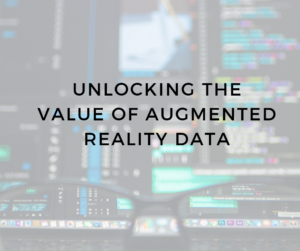Microsoft’s HoloLens 2 is meant for companies

That makes working with HoloLens that much more immersive when you’re looking at the holograms it’s creating. And those can be anything from a massive movie screen to a model of a new building. Or a set of instructions showing you how to bake a batch of cookies or repair an aircraft engine. And with a pair of cameras, the headset can also be a phone-a-friend, allowing anyone to see through the eyes of whoever’s wearing the headset. Think about that. Your friends can also use an app to circle things they see, which show up as holographic notations when you’re wearing the headset.
“The goal is these things will transform humans,” HoloLens leader Alex Kipman said in an interview at Microsoft’s Redmond, Washington, headquarters. “They’ll empower people and organizations to do things they plainly were not able to do before.”
Case studies and use cases are explored. Microsoft isn’t crazy for thinking big about the potential of these headsets. The tech industry’s brightest minds are already investing billions of dollars to develop mixed reality (or, as some call it, augmented reality). They’re all betting it’ll change the way we use computers in the next few years. The market for AR gear is expected to explode, from under $6 billion last year to almost $200 billion by 2025, according to data compiled by Statista.
“We don’t have to just imagine it, this future is here,” Microsoft CEO Satya Nadella said at an event announcing the device Sunday at Mobile World Congress (MWC) in Barcelona. “Together, these advances are shaping the next phase of innovation.”
A high-profile startup Magic Leap started shipping a $2,295 headset last August after working on it for seven years and raising $2.3 billion in investment from backers including AT&T, Google and Warner Bros. Facebook, which sells a $399 fully immersive virtual reality headset called the Oculus Rift, is working on a HoloLens competitor as well. Even Apple is secretly building one, which sources told CNET may arrive in 2020.
Microsoft is opening preorders for the HoloLens 2 on Feb. 24 for $3,500. The company plans to ship the device later this year.
HoloLens (the name is inspired by holograms) sounded straight out of sci-fi when it was first demoed. “We’re not talking about putting you into virtual worlds,” Kipman said when he introduced the device in 2015. “We’re dreaming beyond virtual worlds, beyond screens, beyond pixels.”
AREA members that have this week announced their involvement with Microsoft HoloLens 2 include Crunchfish, Fieldbit and Vuzix.








